Knee Orthopedics: Enhancing Diagnostic Precision with GNRB & Dynelax Arthrometers
Uncover the potential of GNRB & Dynelax Arthrometers in redefining knee orthopedics. These arthrometers outperform MRI for precise ACL rupture diagnosis, integrating into orthopedic practice to improve treatment outcomes. Delve into case studies and the evolution of arthrometry in orthopedic healthcare.
Introduction
In the specialized field of orthopedics, precise diagnosis of knee conditions, notably Anterior Cruciate Ligament (ACL) ruptures, is pivotal for formulating effective treatment strategies and ensuring favorable patient outcomes. While traditional diagnostic tools such as Magnetic Resonance Imaging (MRI) have been extensively used, they exhibit certain shortcomings in detecting partial ACL ruptures with utmost accuracy. The introduction of GNRB & Dynelax Arthrometers marks a significant stride in orthopedic diagnostics, addressing the limitations inherent in conventional methods and offering a heightened level of sensitivity in assessing knee laxity.
The GNRB & Dynelax Arthrometers utilize cutting-edge technology to gauge knee laxity with exceptional precision, assisting orthopedic surgeons in the thorough evaluation of knee joint stability. Their demonstrated effectiveness in diagnosing partial ACL ruptures renders them indispensable tools in orthopedic departments, promoting a culture of superior diagnostic accuracy and patient-focused care.
This page explores the integration of GNRB & Dynelax Arthrometers within the realm of orthopedic surgery, examining their operational dynamics, advantages in clinical settings, and their consequent positive impact on treatment planning and patient rehabilitation. Through an in-depth analysis, we aim to elucidate how these advanced arthrometers are not merely enhancing the quality of orthopedic diagnostics, but also advancing the healthcare community towards elevated standards of patient care and treatment efficacy.
Embark on an insightful journey into the evolving domain of orthopedic diagnostics, as we unveil how modern innovations like the GNRB & Dynelax Arthrometers are reshaping the benchmarks of accuracy and trustworthiness in diagnosing knee ailments.
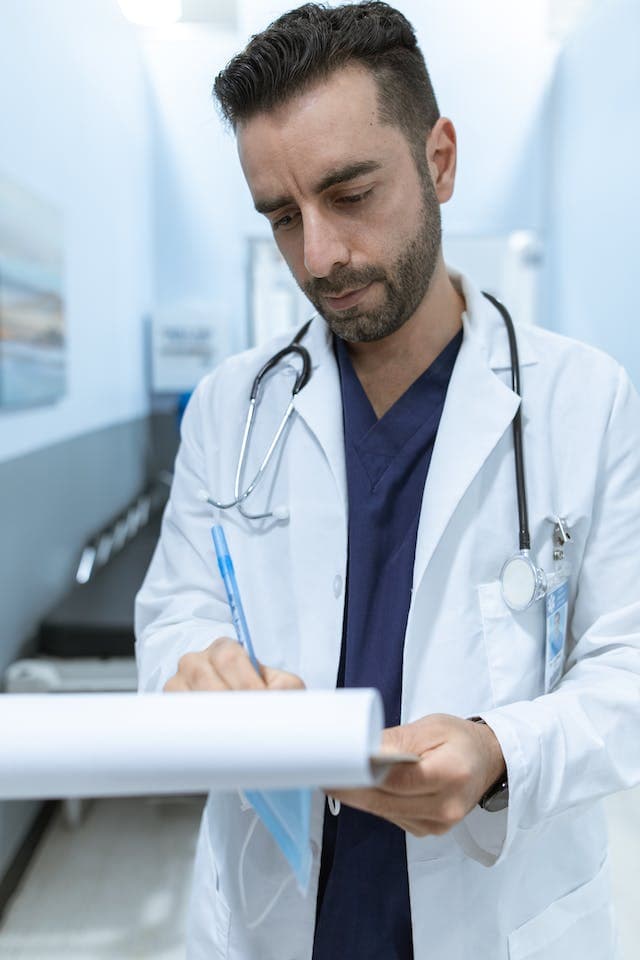
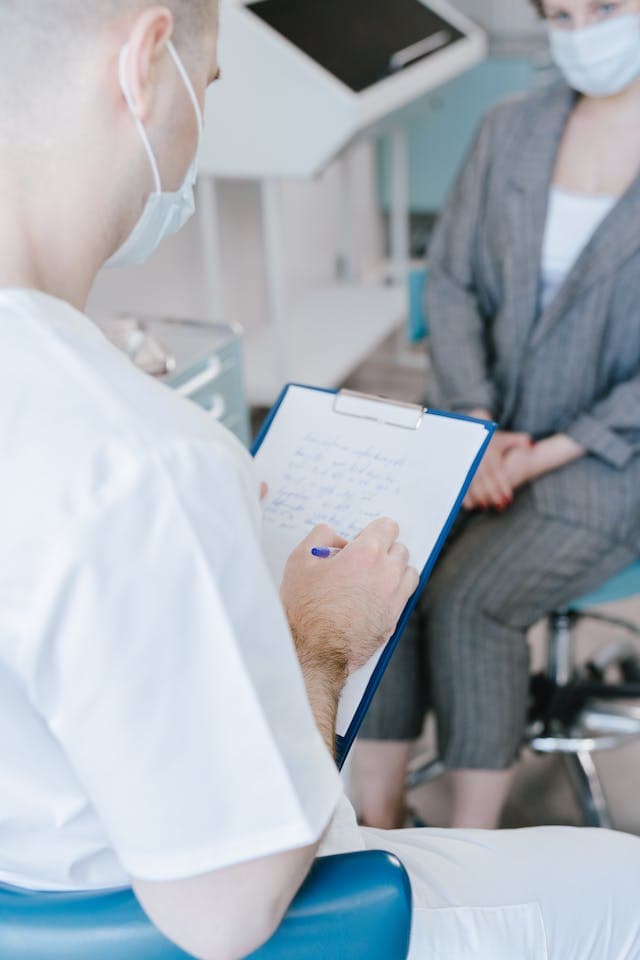


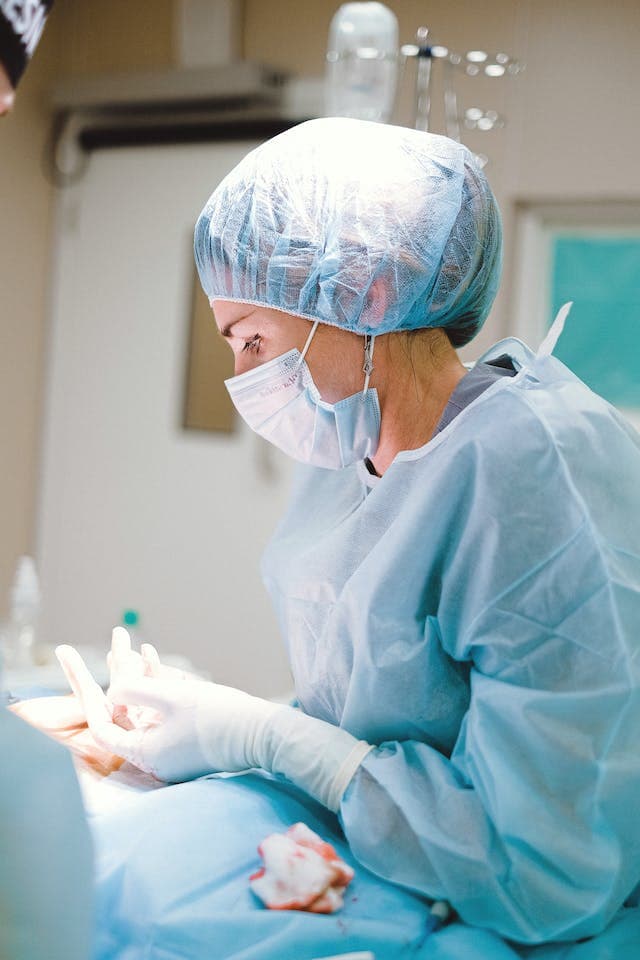

GNRB & Dynelax Arthrometers: Pioneering Precision in Knee Orthopedics
The introduction of GNRB & Dynelax Arthrometers marks a significant milestone in orthopedic diagnostics, especially in detecting partial ACL ruptures with higher sensitivity compared to traditional MRI methods. These arthrometers excel in quantitatively measuring knee laxity, providing invaluable data for accurate diagnosis.
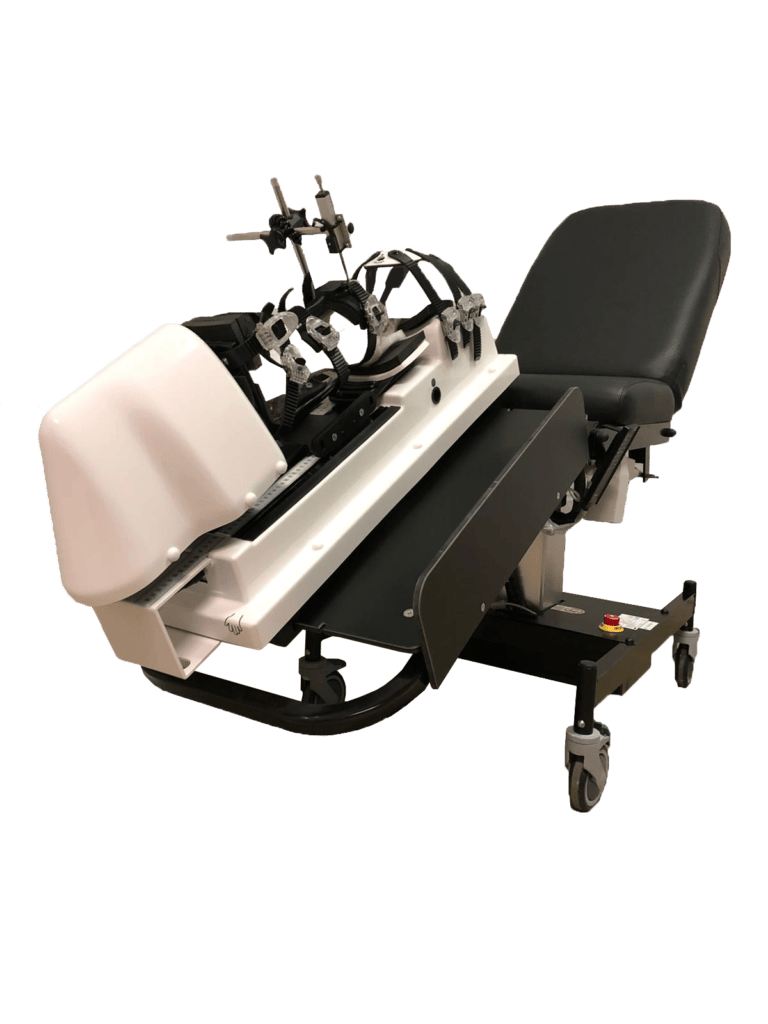
A groundbreaking innovation by Genourob is the creation of Dyneelax, an arthrometer that not only analyses translation but pioneers in analyzing rotation, a facet never explored before. This dynamic analysis, especially the rotation analysis, heralds a new paradigm in understanding knee mechanics, enabling orthopedic surgeons to plan surgeries with unprecedented precision. By assessing the knee in a more holistic and dynamic manner, the Dyneelax facilitates a more nuanced understanding of knee injuries, aiding in better treatment planning.
Furthermore, analyzing rotation could potentially unveil new insights into how different ligaments and structures within the knee contribute to overall joint stability. This could also help in identifying other underlying knee conditions or foreseeing potential complications that might arise post-surgery. By comprehending the rotational dynamics of the knee, surgeons could better predict the surgical outcomes and possibly reduce the risk of subsequent injuries.
In essence, the GNRB & Dynelax Arthrometers not only bolster diagnostic accuracy but also enrich the orthopedic surgeon’s understanding of knee mechanics, thereby enhancing the surgical planning and ultimately leading to improved patient outcomes.
Enhanced Diagnostic Accuracy
Superior sensitivity in detecting partial ACL ruptures compared to traditional MRI methods.
Dynamic Knee Analysis
Unique capability of analyzing both translation and rotation, offering a comprehensive view of knee mechanics.
Precision Surgical Planning
Facilitates precise surgical planning by providing detailed information on knee laxity and rotational dynamics.
Non-Invasive Assessment
Offers a non-invasive, patient-friendly method to accurately assess knee stability.
Quick Diagnostic Process
Expedited diagnostic process enabling timely intervention and treatment (10min).
Objective Data Collection
Provides objective, quantifiable data essential for informed decision-making in treatment planning.
Reduced Risk of Further Injury
Early and accurate diagnosis helps mitigate the risk of further injury and optimizes recovery trajectory.
Potential for New Insights
Rotation analysis could unveil new insights into knee joint stability and underlying conditions.
Integrating GNRB & Dynelax Arthrometers in Orthopedic Surgery
The integration of GNRB & Dynelax Arthrometers within the orthopedic surgery realm signifies a progressive step towards refined diagnostic techniques and optimized patient care. Here’s how these innovative arthrometers are reshaping the diagnostic landscape in orthopedic surgery:
Streamlined Diagnostic Process
With the capability to provide quick and accurate assessments of knee laxity, the GNRB & Dynelax Arthrometers facilitate a streamlined diagnostic process. This expeditious analysis is crucial in cases requiring immediate intervention, ensuring that treatment plans are devised and executed in a timely manner.
Precision in Treatment Planning
The detailed insight into knee mechanics, especially the rotational analysis provided by the Dynelax, allows for a more nuanced understanding of the injury. This, in turn, enables orthopedic surgeons to tailor treatment plans with a high degree of precision, ensuring that surgical interventions are optimally aligned with the patient’s unique anatomical and injury specifics.
Enhanced Patient Consultation
Armed with objective data from the GNRB & Dynelax Arthrometers, surgeons can engage in more informative consultations with patients. The clear, quantitative data helps in elucidating the extent of injury and the proposed surgical intervention, fostering a transparent and educative dialogue between the surgeon and the patient.
Post-operative Assessment
Post-surgical recovery and rehabilitation are pivotal phases in the patient’s journey towards full recovery. The GNRB & Dynelax Arthrometers can be instrumental in assessing the effectiveness of surgical interventions and the progress of rehabilitation, aiding in any necessary adjustments to the recovery regimen.
Cost-effectiveness
By reducing the reliance on more expensive diagnostic modalities like MRI, and expediting the diagnostic process, the GNRB & Dynelax Arthrometers can contribute to cost savings. This is not only beneficial for the healthcare facility but also alleviates the financial burden on patients.
Educational Value
The integration of these arthrometers can also serve as an educational tool for orthopedic residents and fellows. The hands-on experience and the wealth of data provided by these arthrometers enhance the learning experience, cultivating a deeper understanding of knee pathologies and the impact of various treatment approaches.
Research and Development
The wealth of data generated by the GNRB & Dynelax Arthrometers can be harnessed for research purposes, potentially leading to new discoveries in orthopedic surgery techniques, and further advancements in arthrometer technology.
In summary, the GNRB & Dynelax Arthrometers are not merely diagnostic tools, but valuable assets that augment the orthopedic surgical practice, enriching the diagnostic process, surgical planning, patient engagement, and the broader educational and research endeavors within the orthopedic community.
Together, We Achieve
The Dyneelax isn’t just an arthrometer, it’s a gateway to enhanced surgical precision and improved patient outcomes.

DOI: 10.1016/j.knee.2023.03.017

DOI: 10.1016/j.medntd.2023.100254
Don’t just take our word for it
Testimonials
To all users and those interested in the GNRB devices designed and patented by the Genourob Company.
Over the last 4 years, we have been intensively working the new method of Automatic Dynamic Laximetry, LDA, with its device the GNRB.
In addition to providing a state analysis of the state of the Anterior Cruciate Ligament (ACL) GNRB Gives a functional analysis as well.
So With the GNRB it’s possible to have a Dynamic Analysis of the stiffness of the ACL pre-surgery and of the graft post-surgery. It is useful in post-op follow-up for the graft Ligamentization assessment, and therefore a good indicator of the stability of the Knee.
The device is effective, reliable and easy to use and assists to improve diagnosis and treatment of the ACL injuries.
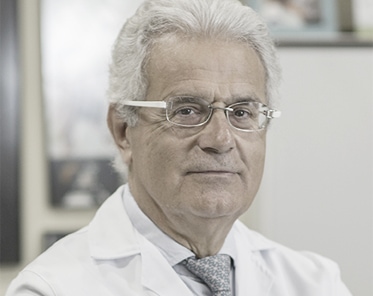
The main interest of this tool (but not the only one) in public health is to allow primary care doctors, and especially emergency physicians, to categorize knee sprains urgently, thanks to a simple-to-use tool in just a few minutes. This classification from the first consultation into a severe sprain (with ACL rupture) or mild (without ACL rupture) allows, on one hand, to avoid unnecessary and costly additional examinations (MRI) in the case of mild sprains, and on the other hand, to immediately adapt treatment to the severity of the sprain, avoiding, for example, unnecessary prolonged immobilizations.

I the undersigned, Doctor Henri ROBERT, Knee ACL surgeon specialist, confirm that the GNRB, ROTAM & DYNEELAX arthrometers are very accurate, reliable and with the best reproducibility in the world.
The arrival of the DYNEELAX revolutionizes the possibilities of the practitioner to regularly analyse the rotational and translational stabilities of the cruciate ligaments in the knee, using a non-invasive test, before and after surgery or as a preventive measure, or after partial tears. Numerous additional applications include notably the analysis of meniscus lesions (medial or lateral) which can be highlighted thanks to the rotational tests, as well as the functional analysis of the strength of the injured tissues.
The rotational analysis is an essential breakthrough as it allows the identification of rotational instabilities which are very difficult to detect with known clinical physical tests (pivot shift test, the Dejour test, dial test...). The DYNEELAX is the result of more than fifteen years of research and development which has led to the most advanced device in this field of study on an international level.
It is essential for surgeons to know the results of rotatory tests in order to adapt ACL surgery and perform or not an extra-articular tenodesis.
As much as translational stability could be controlled manually or with small manual laximetry tools, rotation has no suitable tool to validate this (nor any reliable clinical test due to the absence of relaxation necessary to carry out these tests properly).

This is a letter detailing my/our experience with use of the Genourob Dyneelax laximeter device.
We are a high volume tertiary referral arthroplasty centre and sports medicine centre in Western Australia. We are closely associated with the Orthopaedic Research Foundation of Western Australia.
We have had an excellent experience with the use of our Dyneelax device for multiple research projects, including novel investigation of the sagittal stability of total knee replacements and revision total knee replacements. We also have numerous projects working towards examining the stability of anterior cruciate multi-ligament knee reconstructions.
Our experience working with the company has been excellent. We are literally located on the other side of the world; however, they have gone over and above to help us with training and our customer support. I cannot recommend them highly enough.
In terms of the device, it is an excellent research tool which enables us to establish quantified measurement of the sagittal and rotational stability of multiple different knee arthroplasty devices, a measurement that hereto forth was impossible. This is generating high level novel research of an international interest.

My name is Michael Rüscher, I work in the field of conservative and operative orthopaedics as an osteopath and physiotherapist! I am currently working intensively on my PHD dissertation in the field of biomechanics.
I discovered the device Dyneelax from the company Genourob in the course of my research about 1 year ago and the idea was born to write the dissertation with this laximetry on the knee joint. I have now taken over 100 measurements on operated and conservative cruciate ligaments and am thrilled with the measurement method. It is simple and very reliable to use.
In my daily work with my brother Dr. Rudolf Rüscher we evaluate the cruciate ligaments by means of MRI and immediate laximetry.
We have already had 3 patients with a described complete cruciate ligament rupture who then showed no clear instability in the laximetry measurement, i.e. less than 1.5 mm at 100 Micro Newton. So we are excited about this functional study of this laximetry.
The topic of my dissertation is "Comparative investigation of the biomechanics (laximetry by Genourob) of the knee joint with rupture of the anterior cruciate ligament after surgical and conservative treatment under consideration of economic efficiency".
I would therefore like to thank the Genourob company once again for this innovative examination device!

Future Implications
The journey of innovation continues beyond the current capabilities of the GNRB & Dynelax Arthrometers, paving the way for a future where orthopedic diagnostics and treatment planning reach new heights of precision and effectiveness. One of the promising developments underway is the introduction of a novel module aimed at associating tibial translation and tibial rotation, which is poised to further revolutionize the understanding and treatment of knee pathologies.
Advanced Diagnostic Insight:
The forthcoming module enriching the GNRB & Dynelax Arthrometers with the ability to associate tibial translation and rotation will provide a more holistic understanding of knee joint mechanics. This advanced insight is critical for diagnosing complex knee conditions, allowing for a more nuanced analysis that could unveil underlying issues not apparent with current diagnostic methods.
Precision-Tailored Treatment Planning:
With a richer diagnostic picture, orthopedic surgeons can devise treatment plans that are tailored to the individual kinematics of each patient's knee. This level of personalized treatment planning is aimed at optimizing surgical outcomes and speeding up the recovery process.
Enhanced Surgical Techniques:
The knowledge gained from the associated tibial translation and rotation analysis could lead to the refinement of surgical techniques. Surgeons might discover new approaches to ligament repair and reconstruction that align better with the natural biomechanics
Research & Development Catalyst:
The addition of this module could catalyze further research and development in orthopedic diagnostics. The data generated might unveil new areas of exploration, fostering a culture of continuous improvement and innovation within the orthopedic community.
Education and Training:
As this module becomes an integral part of orthopedic diagnostic toolkit, it will also serve as a valuable educational resource. It will provide trainees and seasoned orthopedic professionals alike with a deeper understanding of knee mechanics, enhancing the educational landscape of orthopedic medicine.
Cost Efficiency and Patient Satisfaction:
By enabling more precise diagnoses and personalized treatment plans, this module could contribute to cost efficiency by potentially reducing the need for repeat surgeries and long-term rehabilitation. Furthermore, improved surgical outcomes and a smoother recovery journey will likely enhance patient satisfaction and overall experience.
Conclusion
The incorporation of GNRB & Dynelax Arthrometers is a significant stride in orthopedic diagnostics, offering superior accuracy in detecting partial ACL ruptures and providing invaluable insights into knee mechanics. These advancements streamline the diagnostic process, aid precise surgical planning, and foster enhanced patient consultations. With the upcoming module associating tibial translation and rotation, a new horizon of diagnostic precision and personalized treatment planning is unveiled. The GNRB & Dynelax Arthrometers are not merely diagnostic tools, but pivotal assets in elevating orthopedic care, marking a promising pathway towards improved patient outcomes and enriched orthopedic practice.

Resources
To assist healthcare professionals in leveraging the GNRB & DyneeLax arthrometers to their fullest potential, we have curated a collection of resources. These are designed to provide comprehensive insights, from basic setup and operation to in-depth diagnostic procedures. These resources aim to facilitate seamless integration of these innovative tools into your diagnostic practice, ensuring accurate and timely identification of knee ligament injuries.
Research Articles & Clinical Studies:
2023 - GNRB® laximeter with magnetic resonance imaging in clinical practice for complete and partial anterior cruciate ligament tears detection: A prospective diagnostic study with arthroscopic validation on 214 patients.
DOI: 10.1016/j.knee.2023.03.017
2023 - Sensitivity, repeatability and reproducibility study with a leg prototype of a recently developed knee arthrometer: The DYNEELAX®
DOI: 10.1016/j.medntd.2023.100254
2019 - Anterior knee translation measurements after ACL reconstruction are influenced by the type of laximeter used.
DOI: 10.1007/s00167-020-05950-5
Instructional & Presentation Videos:
Click Here to view GNRB Tutorial Video
Click Here to view the DyneeLax Presentation Video
We are here to help!
We're here to assist you on your journey towards better health and precision in diagnosis. Don't hesitate to reach out with any questions or inquiries. Contact us today and let us guide you towards a healthier tomorrow.
Visit us
Bâtiment 60, Rue du Chef de Bataillon Henri Géret
53000 Laval
France
Email Us
yves.crystal@genourob.com
Call Us
+33 7 66 76 03 92 Whatsapp or Phone Call
